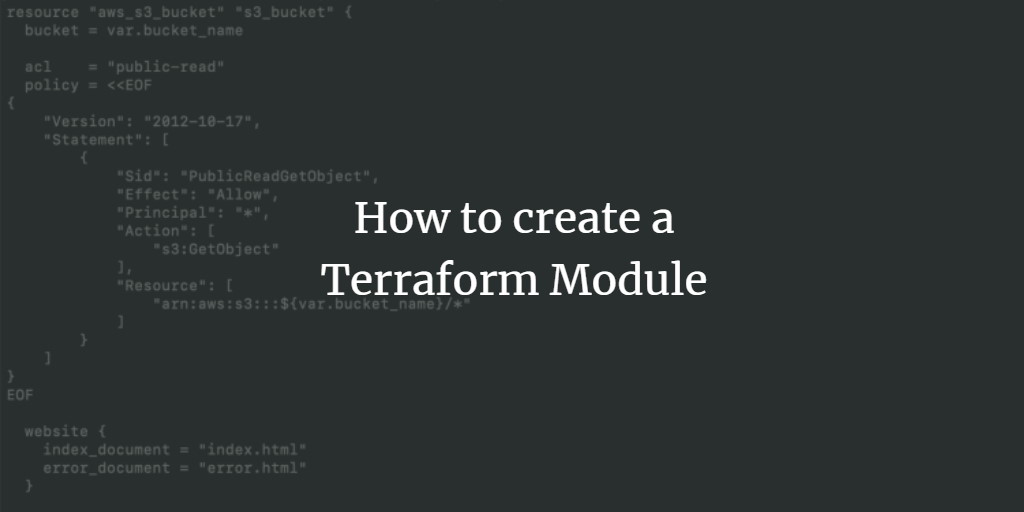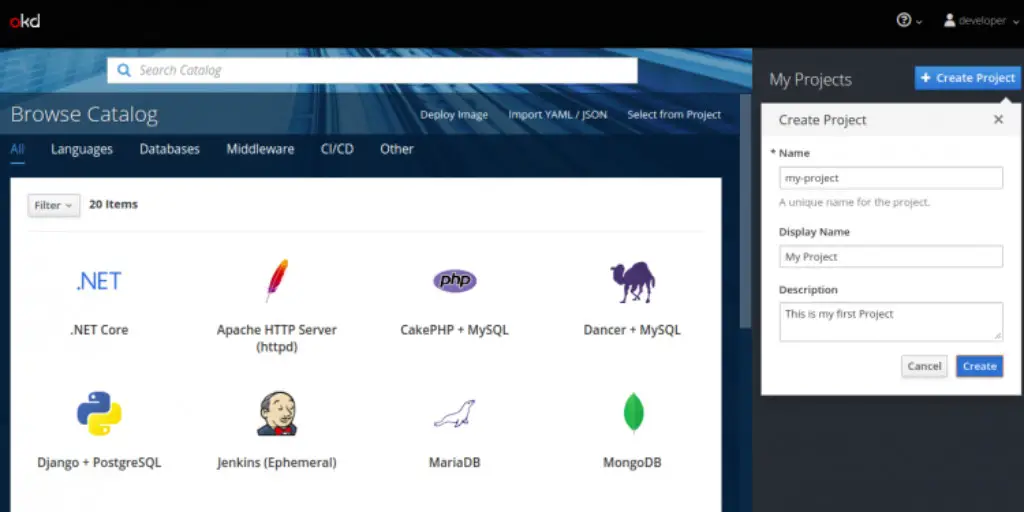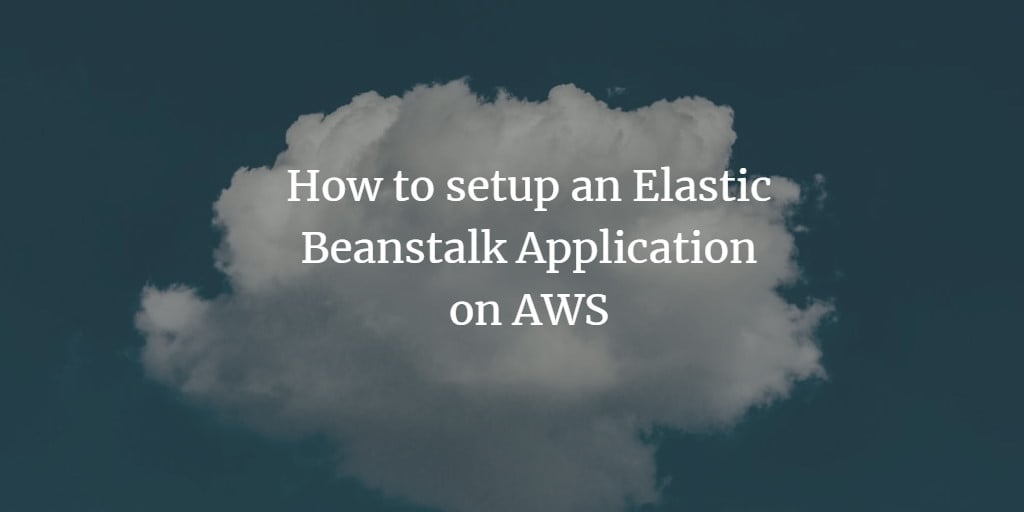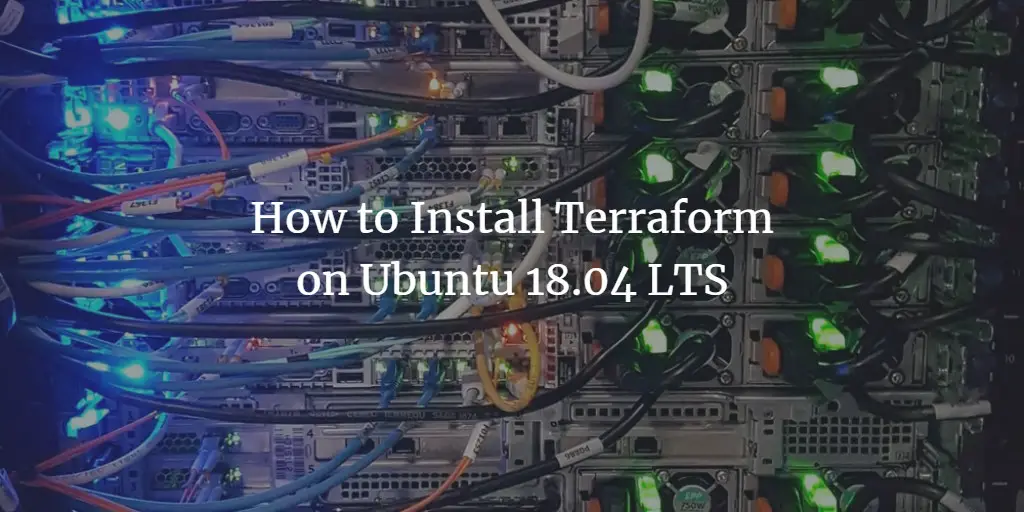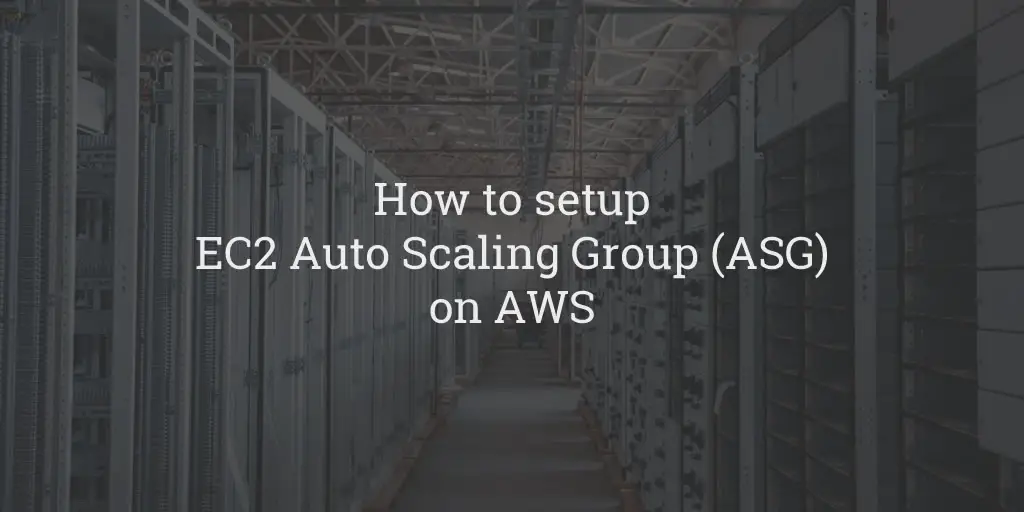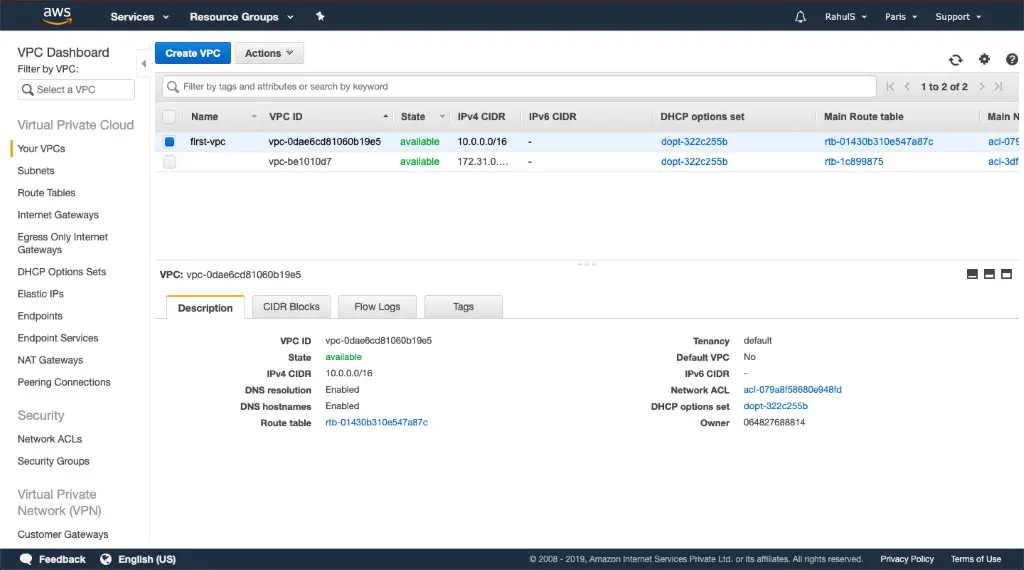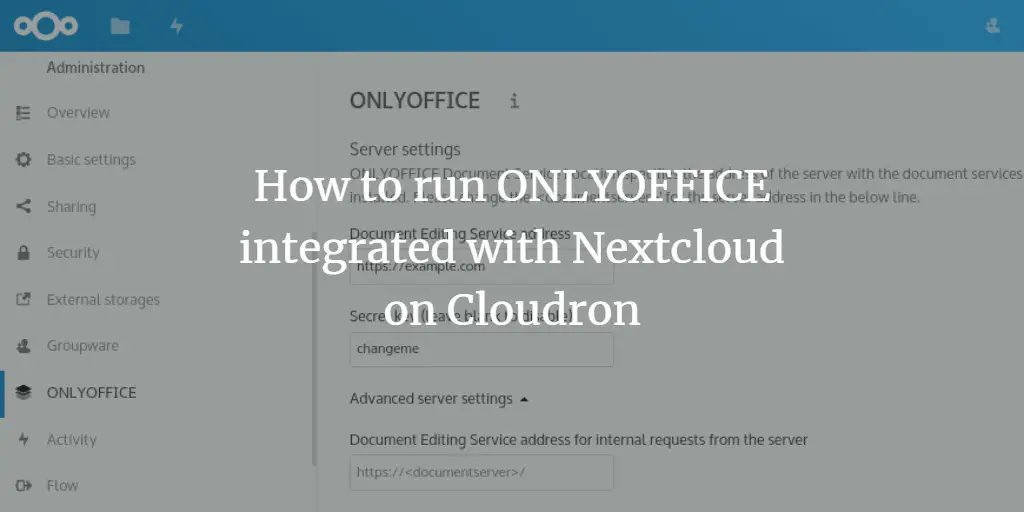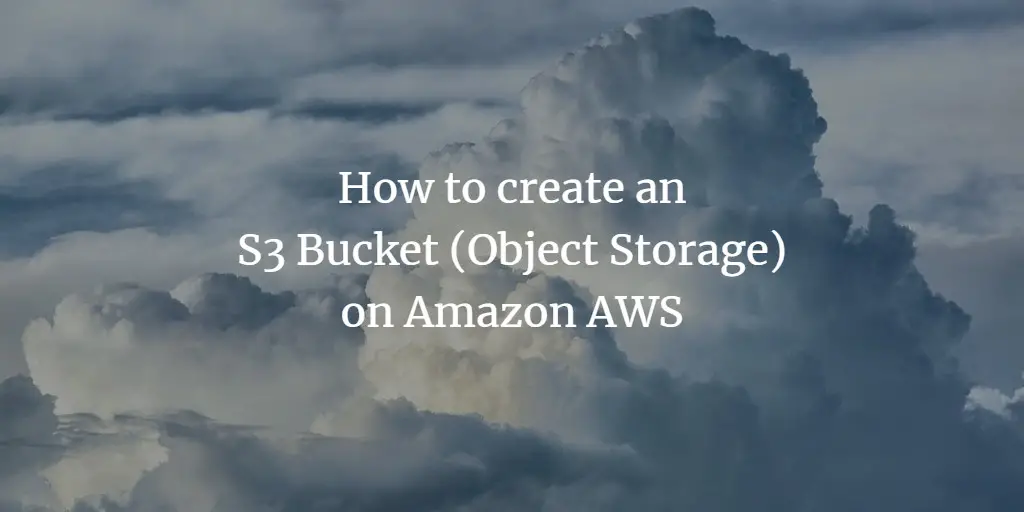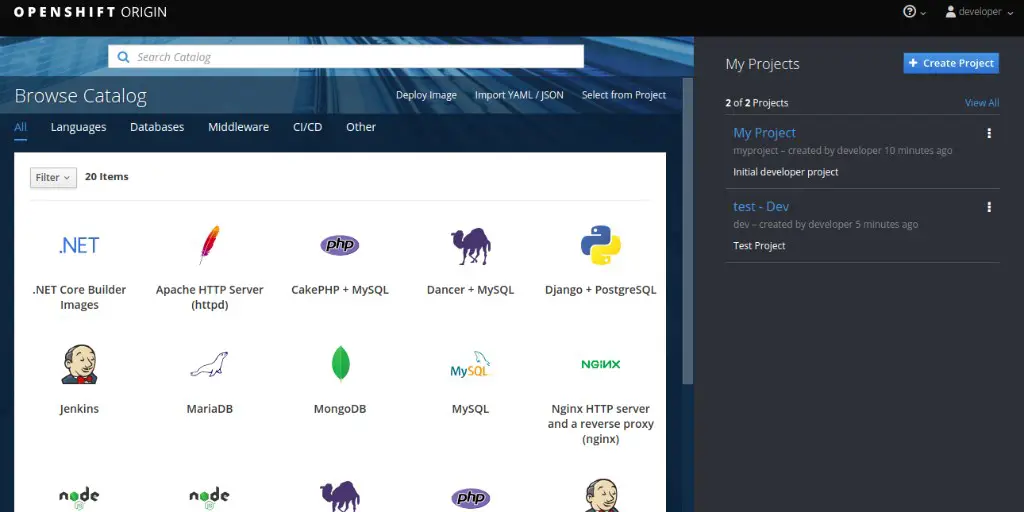Linux Tutorials on the topic “cloud”
-
How to create a Terraform module
Author: Rahul Shivalkar • Tags: cloud, linux, virtualization • Comments: 6In this article, we will see how to create reusable modules in Terraform. Modules allow us to avoid code duplication. It means the same code can be used to create resources of the same type. By using modules you do not need to copy-paste your code to create multiple resources of the same type.
-
How to Install and Configure OpenShift Origin PaaS Server on Ubuntu 20.04
Author: Hitesh Jethva • Tags: cloud, linux, server, ubuntu • Comments: 5OpenShift is a free, open-source, and cloud development Platform as a Service (PaaS) developed by Red Hat that allows the developers to develop and deploy their applications on a cloud infrastructure. In this tutorial, we will explain how to install OpenShift Origin on Ubuntu 20.04 server.
-
How to setup an Elastic Beanstalk Application on AWS
Author: Rahul Shivalkar • Tags: cloud, linux, server • Comments: 0Elastic Beanstalk is one of the "computer" services in the Amazon Web Services (AWS) cloud. It allows us to easily manage and deploy applications. We don't have to understand or learn the services required to run our application. With Elastic Beanstalk, we only need to upload our application and Elastic Beanstalk takes care of the rest. Elastic Beanstalk supports applications developed in Java, .NET, Go, PHP, Python, Node.js and Ruby.
-
-
How to Install Terraform on Ubuntu 18.04 LTS
Author: Blago Eres • Tags: cloud, linux, ubuntu • Comments: 2Terraform is an open-source infrastructure automation tool which allows you to define and describe your infrastructure as code inside configuration files using a declarative language and to deploy and manage that infrastructure across a variety of public cloud providers like AWS, GCP and Azure.
-
How to setup EC2 Auto Scaling Group (ASG) on AWS
Author: Rahul Shivalkar • Tags: cloud • Comments: 1In this article, we will see how to create an ASG and see how the number of instances can be maintained if the count decreases or load on the system increases.
-
How to create a Virtual Private Cloud (VPC) in AWS
Author: Rahul Shivalkar • Tags: cloud • Comments: 0VPC (Virtual Private Cloud) falls under - Network and Content Delivery - service in AWS (Amazon Web Services). VPC provides us logically a virtual private, isolated cloud. In this article, we will see how to create a VPC using the Wizard as this is the simplest way to start with.
-
How to create a Virtual Machine (VM) on Google Cloud Platform (GCP)
Author: Ajinkya Atiwadkar • Tags: cloud, linux, ubuntu • Comments: 4Google Compute Engine lets you use virtual machines that run on Google's infrastructure inside the Google Cloud Platform. In this article, we will demonstrate how to create a virtual machine (vm) using the Ubuntu 18.04 boot disk image in Google Cloud Platform (GCP).
-
How to run ONLYOFFICE integrated with Nextcloud on Cloudron
Author: Daria • Tags: cloud, linux • Comments: 0ONLYOFFICE is an open-source office suite distributed under GNU AGPL v3.0. In this tutorial, we’ll learn how to easily run ONLYOFFICE in combination with Nextcloud on a Cloudron instance.
-
How to create an S3 Bucket (Object Storage) on Amazon AWS
Author: Rahul Shivalkar • Tags: cloud, storage • Comments: 2Amazon S3 (Simple Storage Service) is an object storage where you can store your objects (Files, Videos, Images, Documents, and any-type-of-file). In this article, I will show you how to create an S3 Bucket on AWS, upload an object and perform basic operations.
-
How to Install and Configure OpenShift Origin PaaS Server on Ubuntu 18.04
Author: Hitesh Jethva • Tags: cloud, linux, ubuntu, virtualization • Comments: 7OpenShift is a free and open-source Platform-as-a-Service developed by Red Hat. It is used to develop, host and scale applications in the cloud environment. OpenShift provides support for lots of languages like Java EE6, Ruby, PHP, Python, Perl, MongoDB, MySQL, and PostgreSQL.

